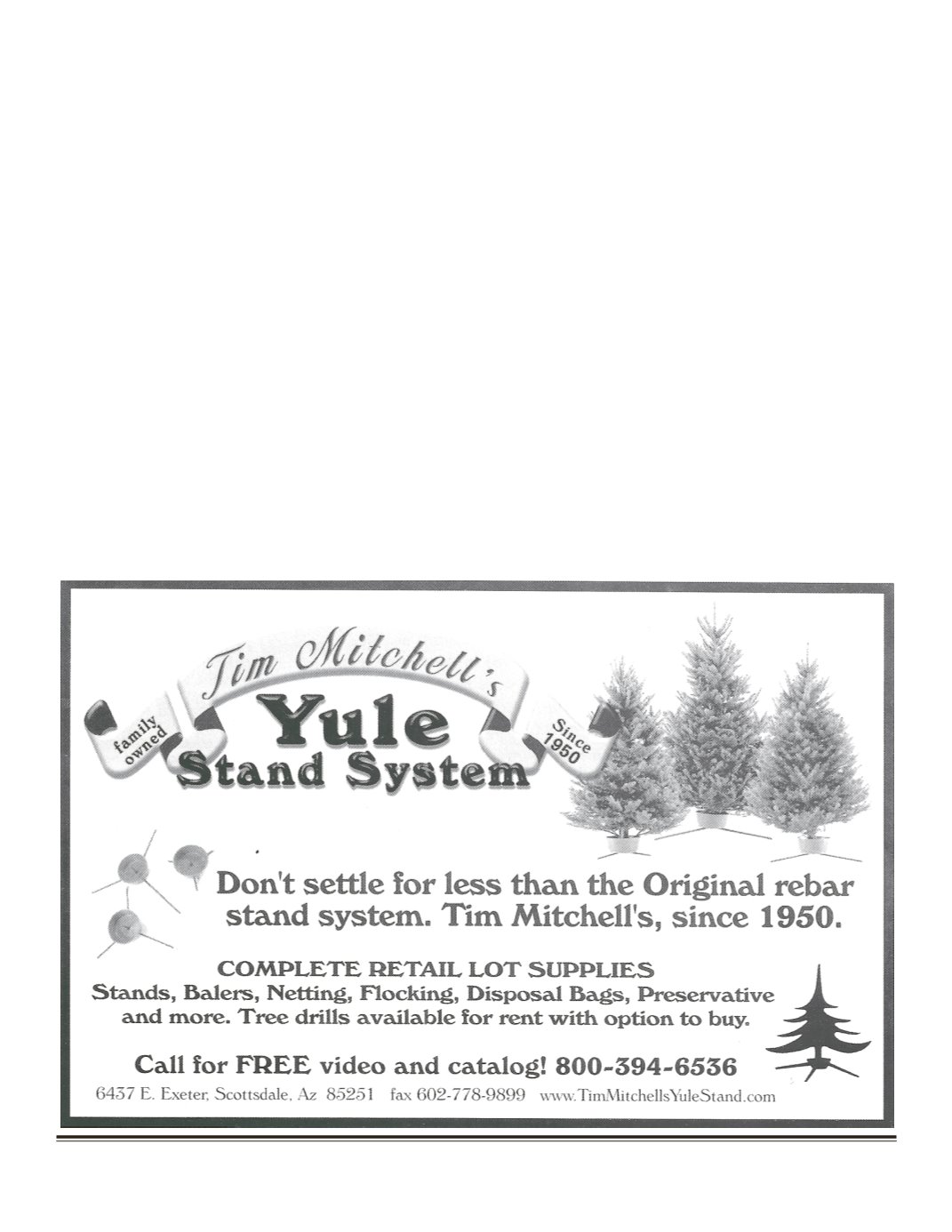

VCTGA News Journal
‒
Spring 2017
| 9
VCTGA News Journal – Spring 2017
Page 9
If you have not had your soil tested
before, you can be assured that the
process is easy
. Go to the VA Coop-
erative Extension Service office in
your county and pick up a soil sample
box and information form for each
field that you want tested. Simply fol-
low instructions for filling out the
form, digging soil samples, and mail-
ing your boxes to the VA Tech Soil
Testing Laboratory. There is no
charge for soil tests conducted for a
commercial operation. I should offer
a cautionary note that the soil test re-
sults you receive will almost always
include a recommendation that you
apply nutrients to your field. Even if
a test result for a particular nutrient is
High (H), application of fertilizer
with that nutrient is recommended.
Only when a nutrient level is rated
Very High (VH) will fertilizer not be
recommended. I have not followed
these fertilizer recommendations for
various reasons explained in this arti-
cle; particularly the science/textbook
explanations of 1) the relatively slow
nutrient uptake of trees and 2) the
natural regeneration of soil nutrients.
And now, at the practical level, soil
test comparisons presented in this ar-
ticle, along with my nitrogen experi-
ments, have shown that the nutrient
levels in my soil have not been de-
graded by growing Christmas trees
for up to 16 years. Beyond the basic
science, data, and experiments dis-
cussed in this article, one might resort
to the old saying, “The proof of the
pudding is in the eating.” Or, in this
case, “The proof of the soil nutrients
is in the trees.” As I mentioned ear-
lier, my trees appear to be healthy and
attractive.
The sharp divergence between the
Cooperative Extension Service’s
recommendations for applying fer-
tilizer in almost all soil-rating cir-
cumstances and my apparently
successful experience with not ap-
plying any fertilizer warrants a
possible explanation.
The diver-
gence may be due to an assumption
by the Extension Service that Christ-
mas tree growers generally use
tighter tree spacing than I do. As
noted above, if a grower uses 5’x6’
spacing, there would be nearly twice
as many trees, requiring twice as
much nutrients in a given field than
in my fields with 7’x8’ spacing. I sus-
pect that 7’x8’ spacing is more typi-
cal of choose-and-cut growers, while
5’x6’, or even 5’x5’, spacing is more
common among wholesale growers.
Another possible explanation is that
the Extension Service may assume
that a lot of the trees in a field will be
grown to quite a large size, say 15’,
and such large trees presumably
would take up a lot more nutrients
from a field in their later years than
more standard-size trees. If either of
these possible explanations for the
stark divergence between the Exten-
Ad Tim Mitchell’s Yule Stand System
















